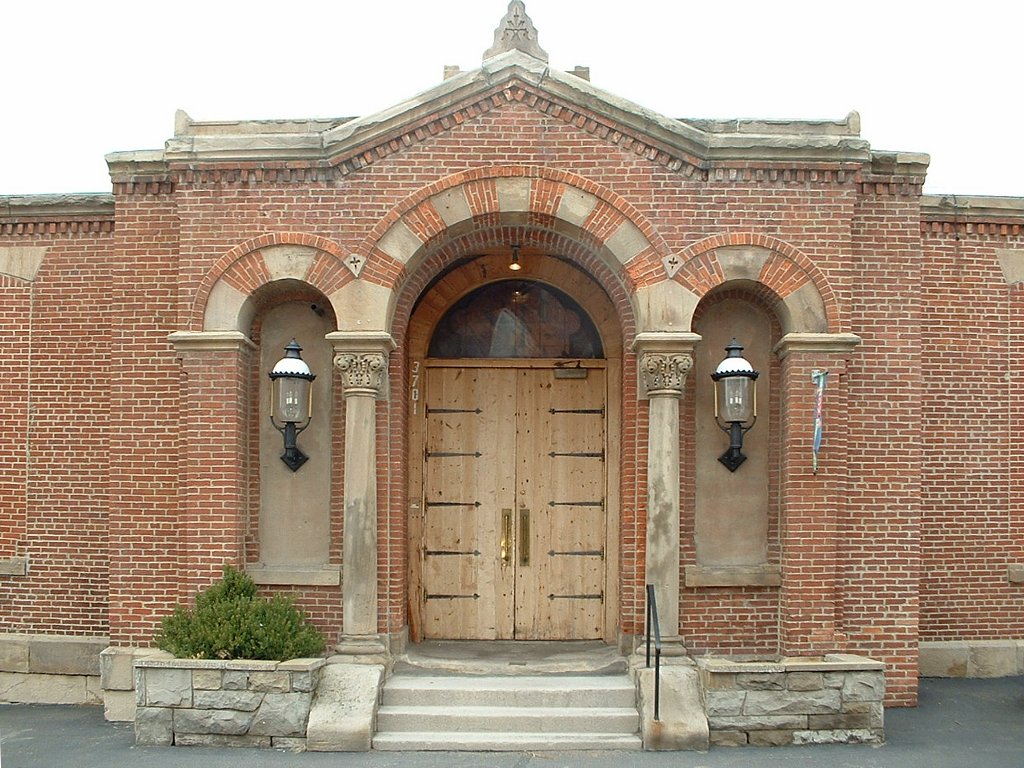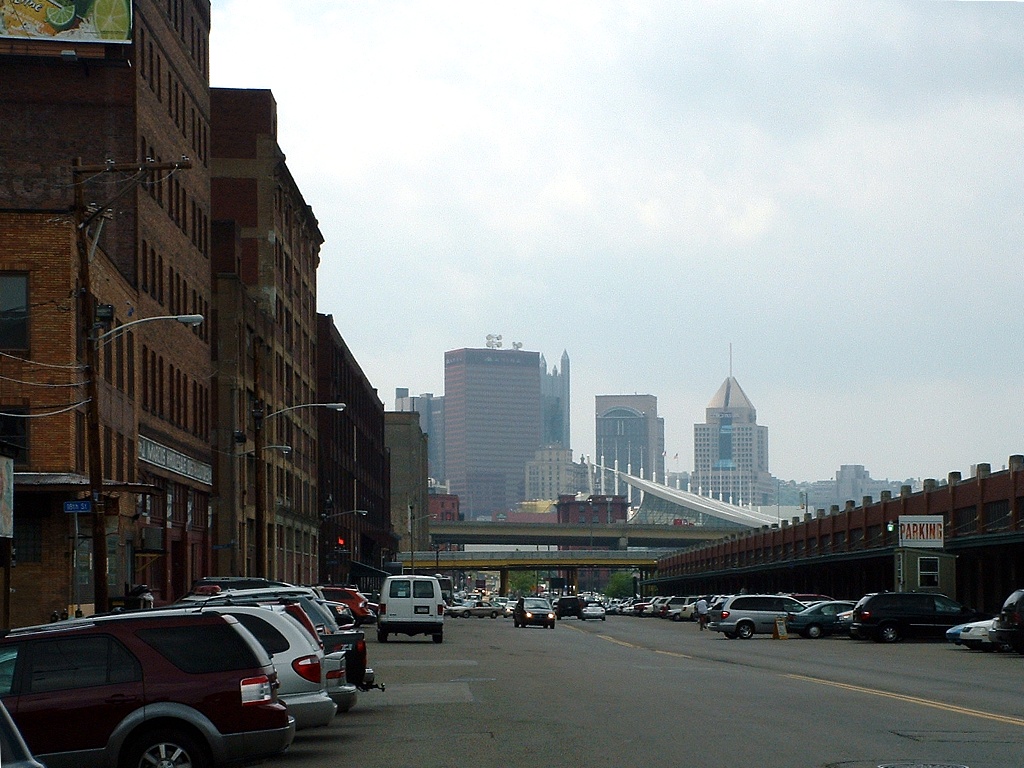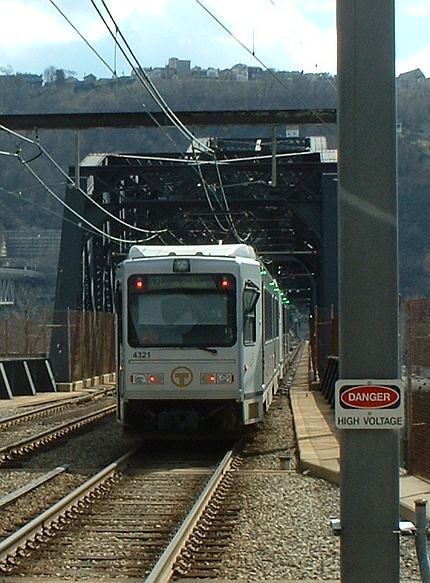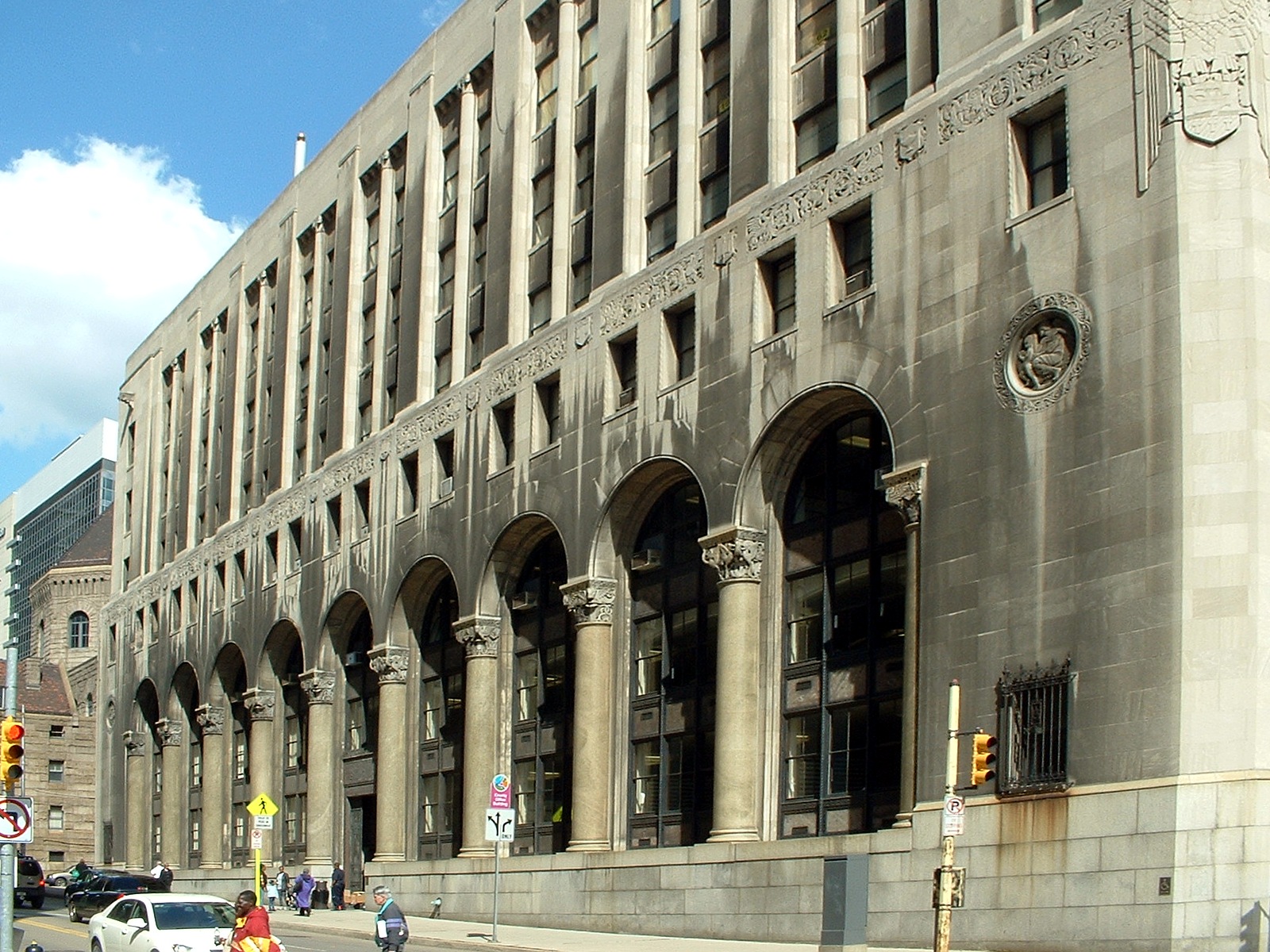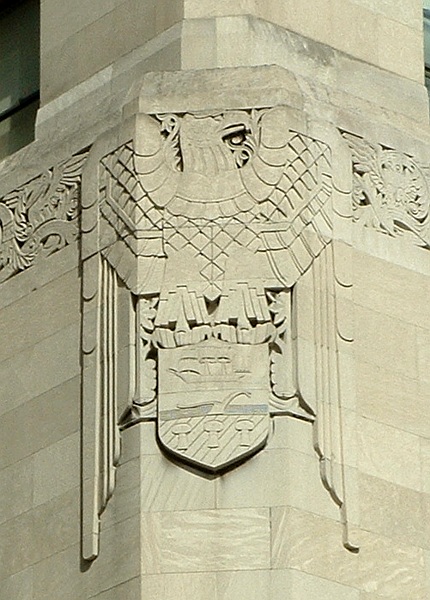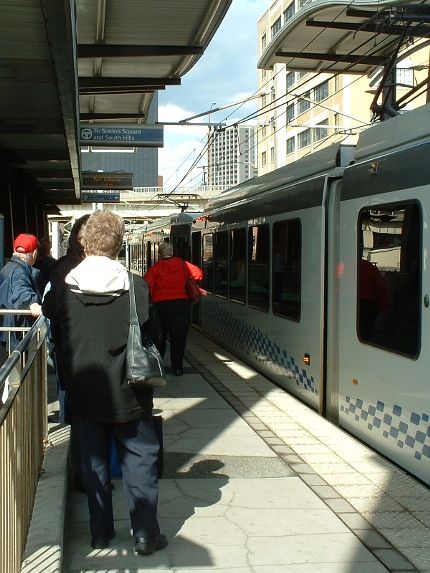
[Update: A kind correspondent (see the comment on this article) reminds Father Pitt that he really ought to link to the theater’s Web site. He also reminds us that there are two good Ethiopian restaurants within a short walk of the theater, which is as good a reason as anyone needs to visit East Liberty.]
This little gem of a theater in East Liberty has been beautifully restored for live stage shows. It’s named for two of the East Liberty neighborhood’s most famous sons: movie star Gene Kelly and jazz composer and arranger Billy Strayhorn.
The Kelly-Strayhorn Theater is just a few blocks from the East Liberty station on the East Busway.

